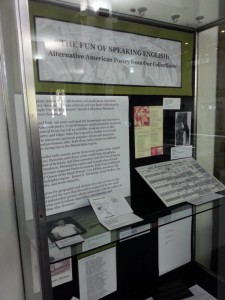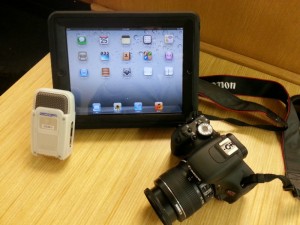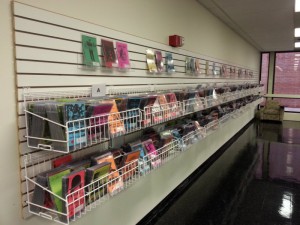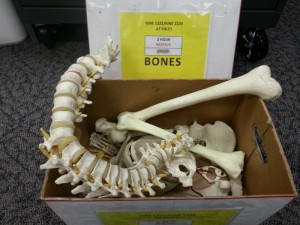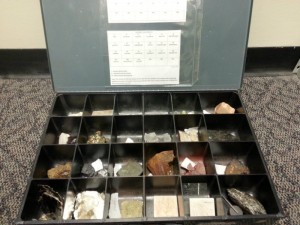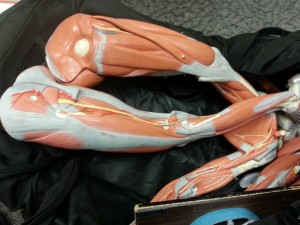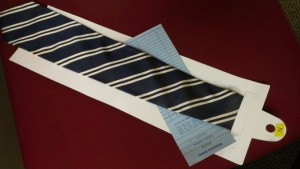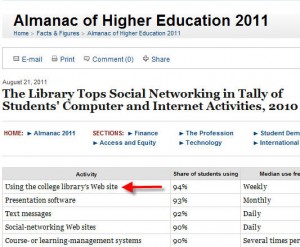Today marks the start of Open Access Week, a global event celebrated each year to acknowledge the importance of continuing to work towards reform in our system of scholarly communication. There are two significant reasons why it is important for faculty, researchers and librarians to work together to create change in a system that is in need of change and demands our collective attention.
The first is economic. The current system is not financially sustainable for higher education. The cost of tuition is already unaffordable for too many students. The irrational high cost of many scholarly journals, particularly in the fields of science, technology and medicine, contributes to the expense of a college education. The budgets of academic libraries are challenged to support these costs. Even with the advent of digital technologies that make new and more open systems of distribution possible – well proven by hundreds of viable, highly respected open access journals – we still scratch our heads and wonder why higher education continues to give away faculty research only to buy it back from publishers at inexplicable high costs.
The second is openness. The current scholarly publishing system keeps important research information behind subscription pay walls. While there is notable progress in making scientific research available to the public, it still represents a small portion of all published scholarly content. There are already many examples of the benefits of making this content openly accessible to the public. Taxpayers certainly have the right to the information their tax dollars fund. If higher education transforms the scholarly communication to advance openness, we all benefit.
Open Access Week is designed to create awareness. It is about more than economics or creating access for the public. It also brings attention to the importance of higher education supporting its right to use copyrighted content under the guidelines for fair use. We must defend the right of faculty to use copyrighted information to support student learning. It is also a time to remind faculty of their rights as authors. Instead of surrendering the rights to their intellectual property to publishers, faculty will want to think about adding language to author agreements that allows them to retain their rights to reuse or share their published content. Too many Temple University faculty have signed standard author agreements only to discover later on that they had no right to use their own content or could only do so for hundreds or thousands of dollars.
We hope that members of our Temple University community will take some time this week to think about the current scholarly publishing system and how we can work collaboratively to improve it. Temple University librarians are available to meet with faculty members who would like to learn more about open access, fair use or author rights. Take advantage of Open Access Week webinar events. Visit the Open Access Week website to learn more about what you can do to create change. And watch this blog for more posts about open access throughout this week as Temple University Libraries honors Open Access Week.


